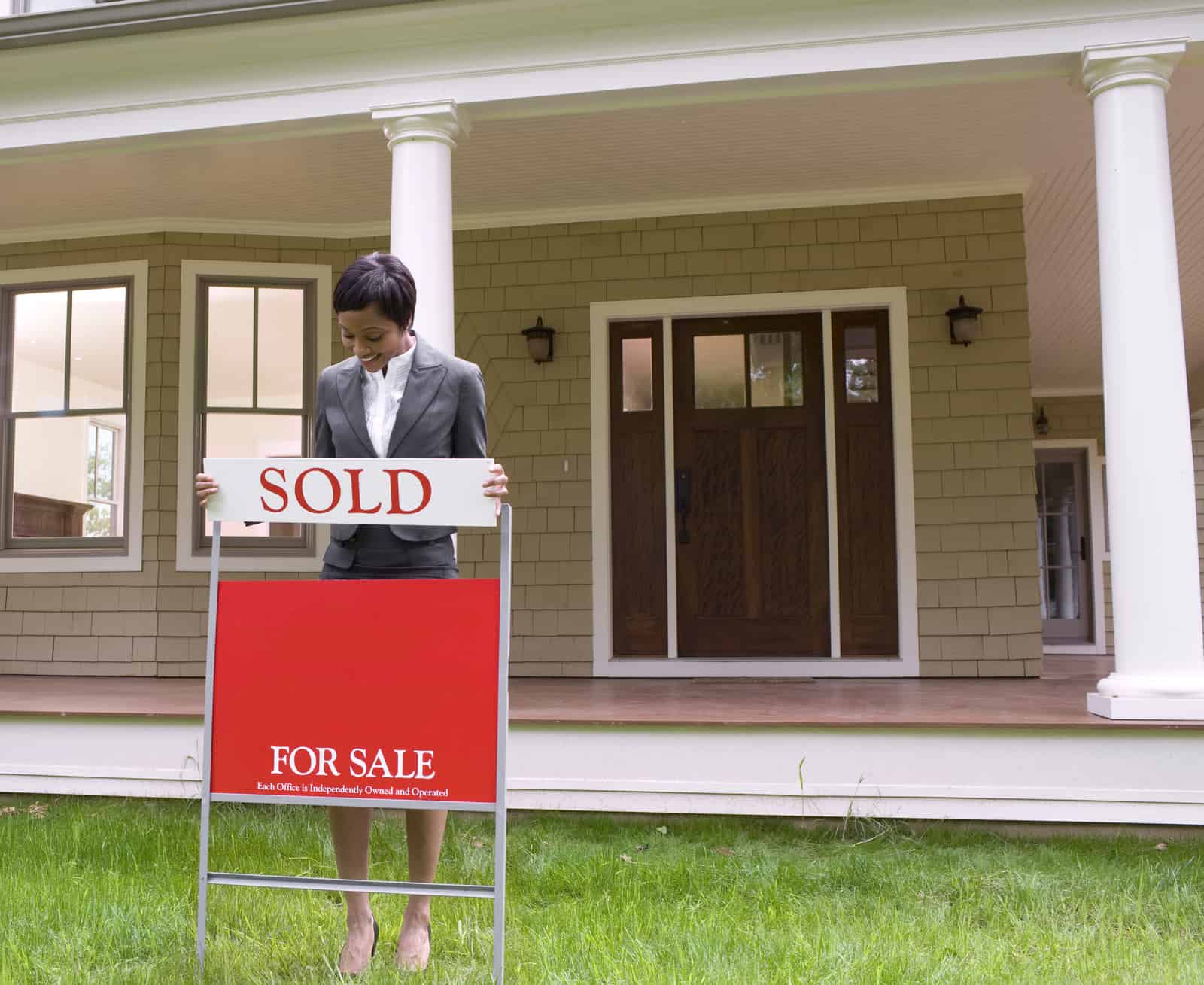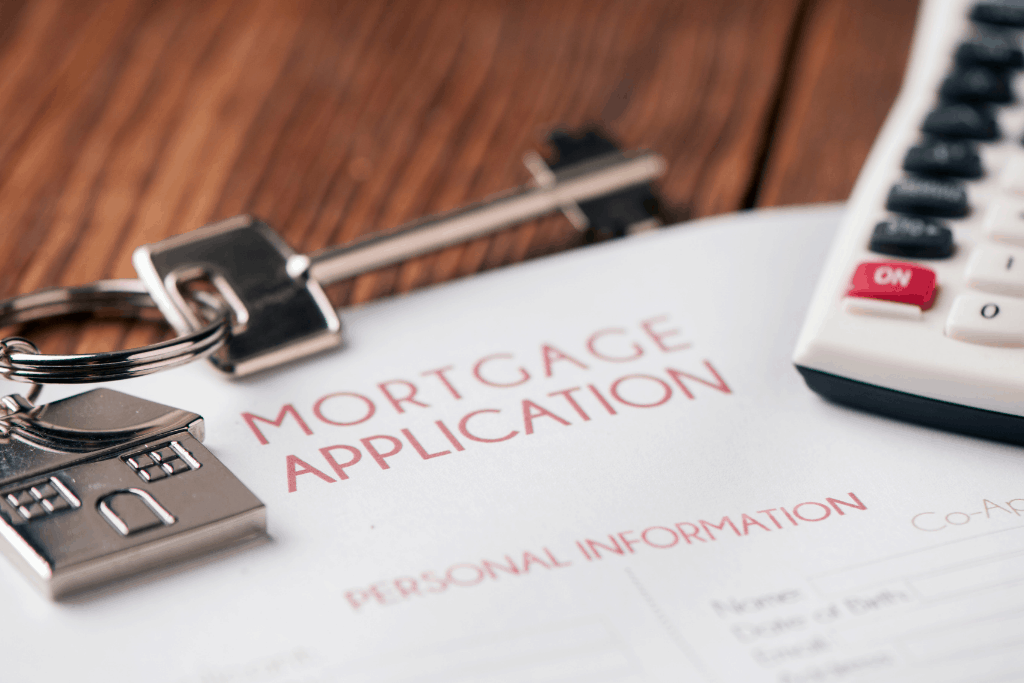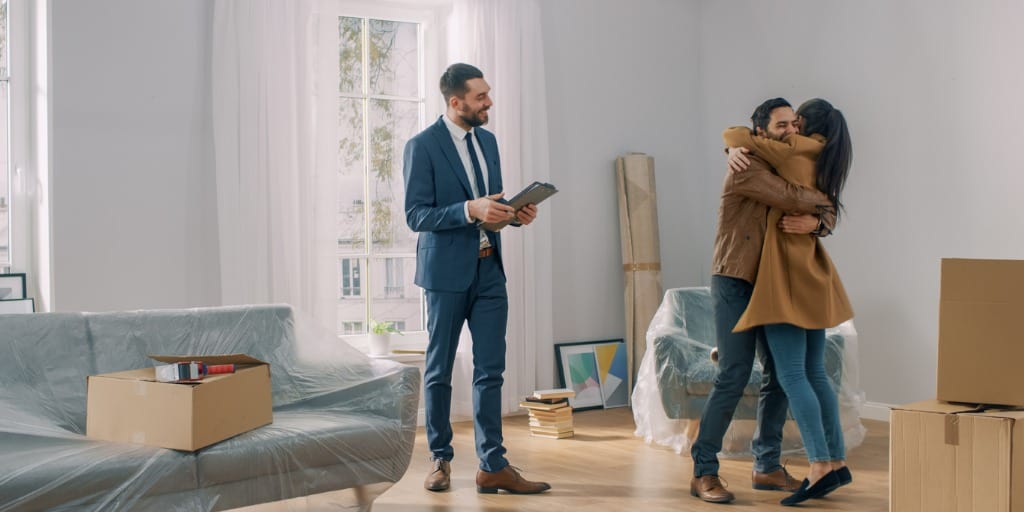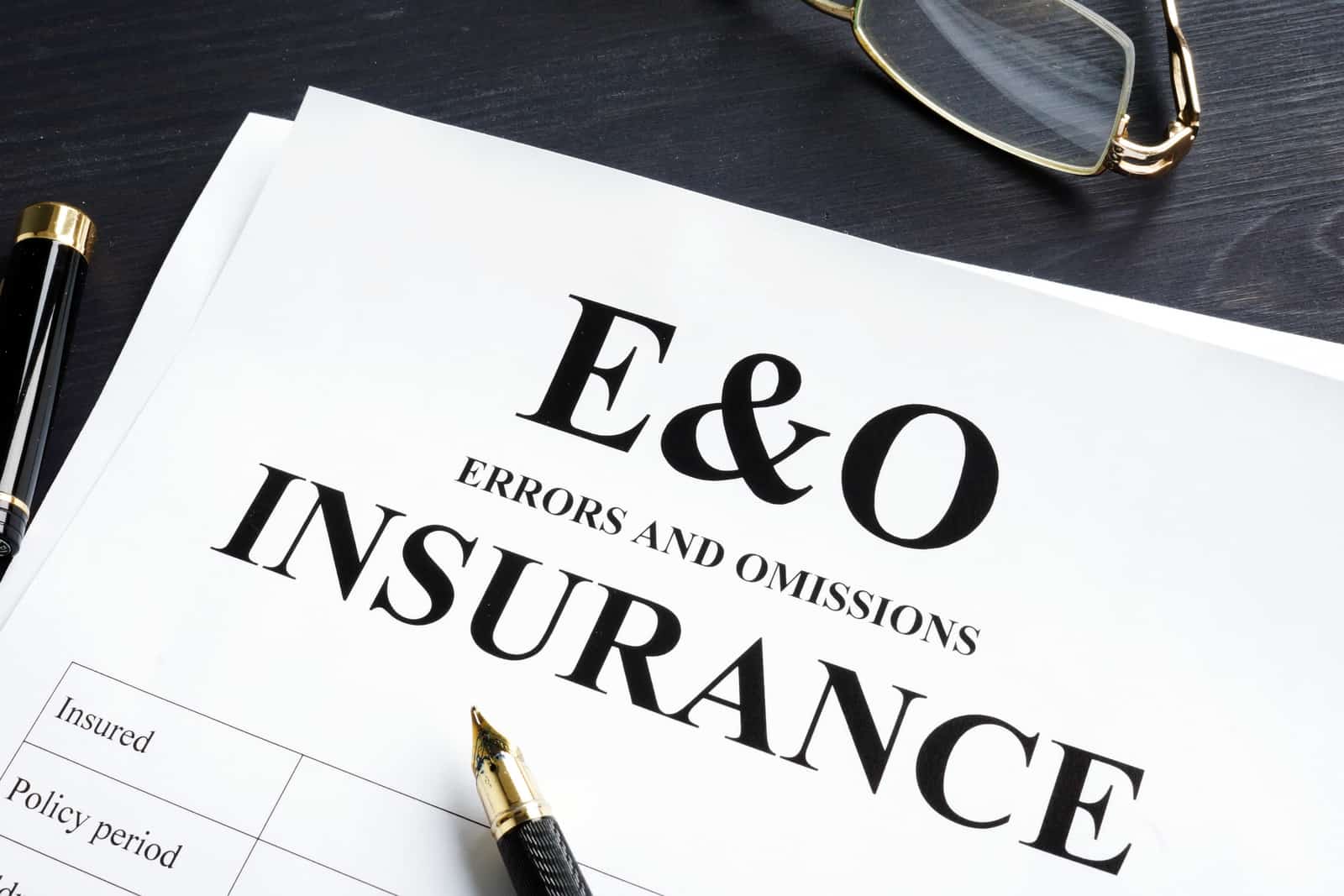You counsel your clients on strategy, help them complete mounds of paperwork, and sometimes even advise them on home staging, but how often do you think about their personal safety and the safety of their belongings during this process? Real estate transactions can post dangers for seller clients, and they’re counting on you to know the common risks and safety precautions that should be practiced while selling their house.
Below are 9 real estate safety mistakes that put you and your clients in danger, as well as how to avoid them.
- Not screening buyers. Listing agents can recommend that sellers do NOT show their home to buyers who have not been pre-screened, which protects clients from predators and thieves. In addition, it also saves the sellers time and hassle by allowing them to determine serious buyers. Download a Pre-Screening Checklist for Potential Buyer Clients
- Not protecting valuables. Valuables should be placed in a safe deposit box or lock box until the home is no longer being shown. This includes jewelry, antiques, cash or checks, spare keys, etc.
- Not monitoring vacant homes. Vacant homes are not invulnerable to theft and other pitfalls. Advisehomeowners to take the necessary precautions by purchasing vacant home insurance, or by engaging in preventative measures such as taking pictures of the home before furniture is moved out or asking neighbors to keep an eye on the home.
- Not accompanying the buyer. Even after the buyer has been carefully screened, there are measures agents can take to help keep seller clients and their possessions safe. Whenever possible, you should show a property in-person and in teams, especially when going to a home without close neighbors and/or with an unfamiliar buyer. Having two agents at a showing helps, particularly if multiple buyers want to explore different parts of the home.
- Not locking doors and windows. A ‘For Sale’ sign in the front yard can invite crime into a home. When showing a home, make sure to lock the door behind you once you are inside to prevent others from entering the home after you. It is perfectly acceptable for potential buyers to open doors and windows to see how they operate, however, your job as the agent is to remember to make a final check to ensure all the doors and windows are locked.
- Not identifying potential hazards. A variety of hazards are common in different parts of the country. Some examples of these potentially deadly hazards include lead paint, radon, and asbestos. It is vitally important to inform buyers of these hazards if they are present in the home. In addition, it may be necessary to disclose issues with other attributes of the home, such as the water, heat, and waste disposal systems.
- Not conducting a home inspection. A home inspection is advisable for both old and new construction. When problems become apparent, getting the professional opinion of someone other than the municipal building inspector is generally a good idea.
- Not informing potential buyers of the crime rate. Safety is a concern for most people, making it a wise choice to refer clients to websites or the local police department so they can research the crime in the neighborhood.
- Not protecting the home after closing. Buyers should be advised to talk to an insurance agent to assess their particular insurance needs. There are basic, broad, and multi-peril policies, among others. It is best to refer the buyer to an insurance professional rather than advise them yourself.
Want to learn more ways to keep yourself and your clients safe during real estate transactions? Enroll in Real Estate Safety: Protect Yourself During a Showing.






